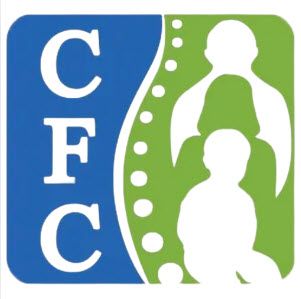Managing the symptoms associated with cancer and cancer treatment can be challenging. Physical and emotional concerns can become overwhelming throughout the cancer care journey for both the patients and their loved ones. According to recent studies, massage therapy can help, and Cromwell Family Chiropractic has licensed massage therapists trained specifically in oncology massage.
A 2008 study published in the Annals of Internal Medicine says:
“Massage therapy may interrupt the cycle of distress through the therapist’s intention (presence, communication, and desire to produce a therapeutic response), induction of a relaxation response, increased blood and lymphatic circulation, potentiation of analgesic effects, decreased inflammation and edema, manual release of muscle spasms, increased and endogenous endorphin release, and competing sensory stimuli that override pain signals (Kutner, et all, 2008).”
In short, massage therapy counteracts many negative physical and emotional symptoms for patients. Many research studies have concluded that massage therapy is beneficial for cancer patients both during and following treatment. Another 2008 study involving The American Cancer Society confirmed that more than 61% of cancer survivors used some form of complementary or alternative medicine, including massage therapy (Rosenthal and Doherty-Gilman, 2011).
The research concludes that patients receiving massage therapy can expect improvement in their:
• level of pain
• overall mood
• quality of life
Following several decades of data supporting the use of massage therapy for cancer patients, massage therapists began to specialize in oncology and have formed a national organization of oncology massage professionals. This group of specialists understands the symptoms experienced by cancer patients and focus their treatment on pain and anxiety relief.
Goals of an oncology-trained massage therapist include:
• improving the patient’s sleep
• decreasing pain and stress
• decreasing any disruptions of the patient’s normal role in life



